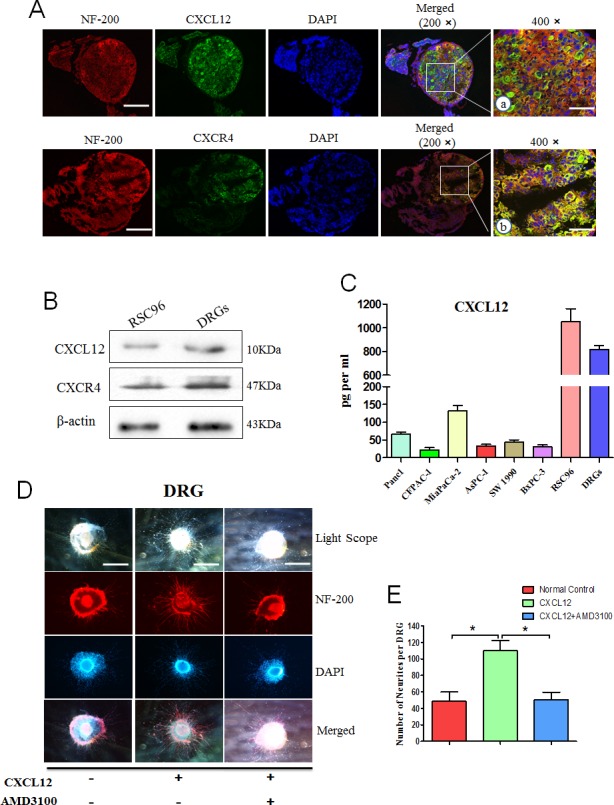Fig. 4. CXCL12/CXCR4 signaling pathway mediates the development of DRG.

The expression of CXCR4 and CXCL12 in DRGs and RSC96 cells was detected. (A) DRGs were labeled with fluorescence-conjugated NF-200 (red) with CXCL12 or CXCR4 specific antibodies. Nuclei were stained with DAPI (blue) (200× magnification, scale bar, 200μm). a and b represent 400× magnification pictures in the white border (scale bar, 100 μm); (B) The protein levels of CXCL12 and CXCR4 in DRGs and RSC96 cells were detected by western blot assays; (C) ELISA was performed to detect the expression of CXCL12 in conditioned media from pancreatic cancer cells, DRGs and RSC96 cells grown under serum-free condition for 72 h using a commercial kit. New-born rat DRGs were isolated and cultured in the medium containing CXCL12 (100 ng/ml) or both CXCL12 and the CXCR4 antagonist AMD3100 (2 μg/ml). (D) Five days after implantation, the DRGs were labeled with a fluorescence-conjugated NF-200 (red). Nuclei were stained with DAPI (blue). The cells were observed by an inverted light microscope imaging system 100× magnification (*P<0.05, scale bar, 500μm). (E) The number of outgrowth neurites was quantified (100× magnification). Column: mean; bar: SD; *P< 0.05.
